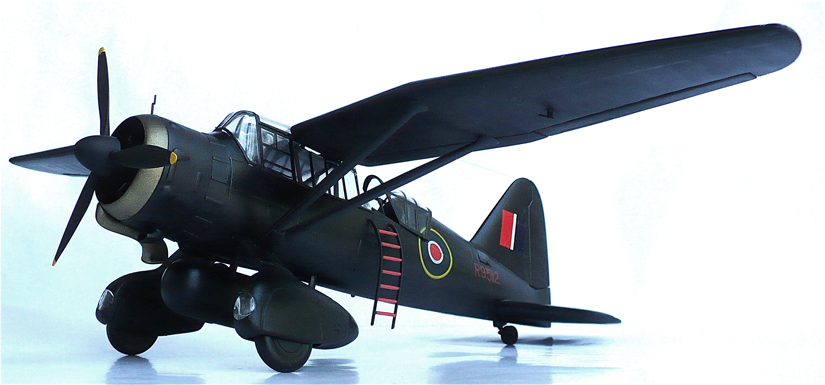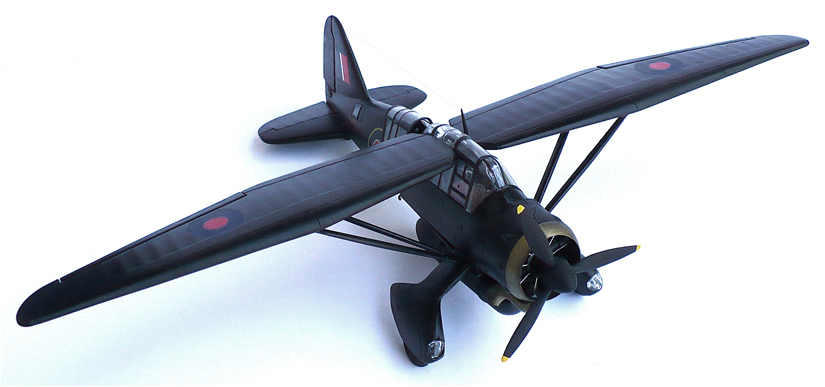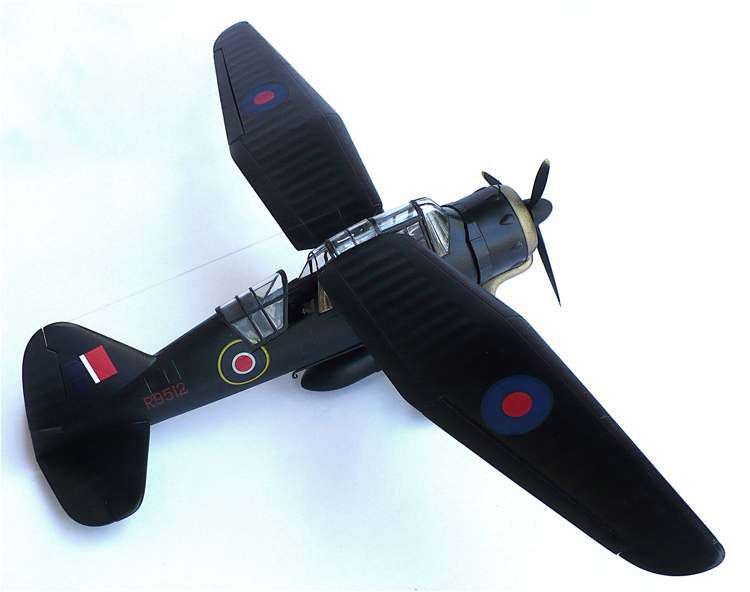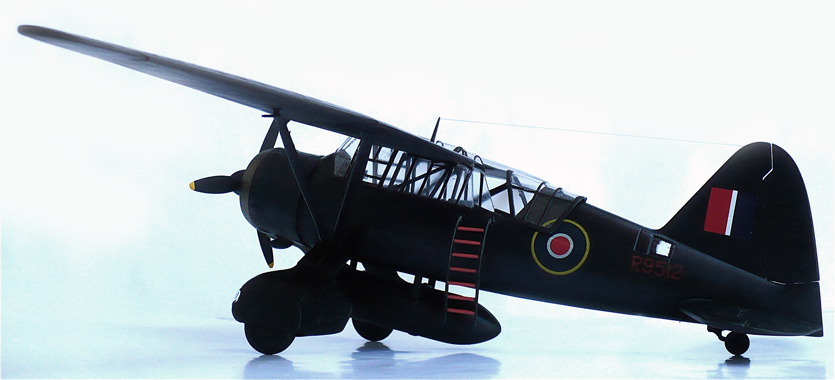
"Westland Lysander MK. III Special Duties " Topic
1 Post
All members in good standing are free to post here. Opinions expressed here are solely those of the posters, and have not been cleared with nor are they endorsed by The Miniatures Page.
Please don't call someone a Nazi unless they really are a Nazi.
For more information, see the TMP FAQ.
Back to the WWII Aviation Gallery Message Board
Areas of InterestWorld War Two in the Air
Featured Link
Featured Profile Article The Editor is invited to tour the factory of Simtac, a U.S. manufacturer of figures in nearly all periods, scales, and genres.
|
Please sign in to your membership account, or, if you are not yet a member, please sign up for your free membership account.
| Tango01 | 18 Jul 2013 9:50 p.m. PST |
"The Westland Lysander was a British army co-operation and liaison aircraft produced by Westland Aircraft used immediately before and during the Second World War. After becoming obsolete in the army co-operation role, the aircraft's exceptional short-field performance enabled clandestine missions using small, unprepared airstrips behind enemy lines to place or recover agents, particularly in occupied France with the French Resistance help. Like other British army air co-operation aircraft it was given the name of a mythical or legendary leader, in this case the Spartan general Lysander.
In August 1941 a new squadron, No. 138 (Special Duties), was formed to undertake missions for the Special Operations Executive to maintain clandestine contact with the French Resistance. Among its aircraft were Lysander Mk IIIs, which flew over and landed in occupied France. While general supply drops could be left to the rest of No. 138's aircraft, the Lysander could insert and remove agents from the continent or retrieve Allied aircrew who had been shot down over occupied territory and had evaded capture. For this role the Mk IIIs were fitted with a fixed ladder over the port side to hasten access to the rear cockpit and a large drop tank under the belly. In order to slip in unobtrusively the Lysanders were painted matt black; operations almost always took place within a week of a full moon, as moonlight was essential for navigation.
The Lysanders flew from secret airfields at Newmarket and later Tempsford, but used regular RAF stations to fuel-up for the actual crossing, particularly RAF Tangmere. Flying without any navigation equipment other than a map and compass, Lysanders would land on short strips of land, such as fields, marked out by four or five torches. They were designed to carry one passenger in the rear cockpit, but in case of urgent necessity three could be carried in extreme discomfort. The pilots of No. 138 and, from early 1942, No. 161 Squadron transported 101 agents to, and recovered 128 agents from Nazi-occupied Europe. The Lysander was successful in this role, and continued to undertake such duties until the liberation of France in 1944…"
From main page
link




Hope you enjoy!. Amicalement
Armand |
|

